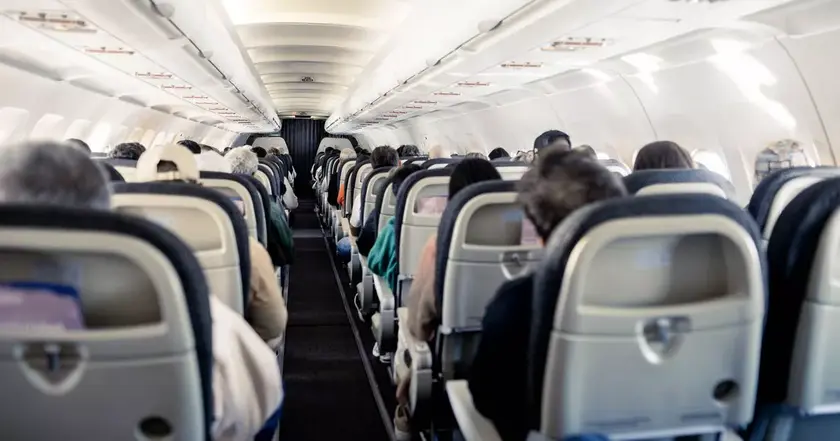T4K3.news
British Airways Crew Drug Incident
A BA flight attendant faced sentencing after a mid flight incident linked to drug use on a transatlantic A380 flight.
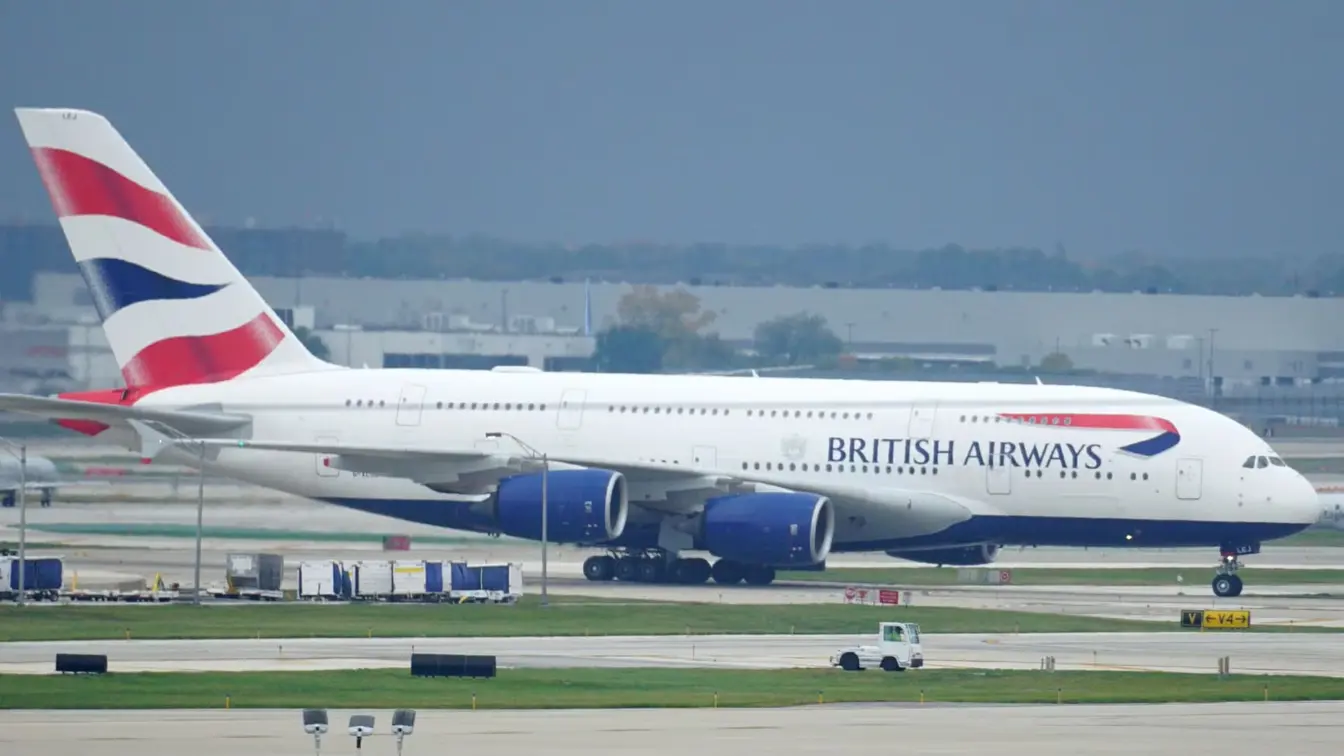
An editorial look at a British Airways crew member’s drug incident and its implications for safety rules and public trust.
British Airways Flight Attendant Sentenced After Mid-Air Drug Incident
A British Airways cabin crew member was removed from duty after a mid-flight incident on an Airbus A380 from San Francisco to London. The crew member, identified in court as 41-year-old Haden Pentecost, reportedly showed erratic behavior and failed to participate in preflight checks before the transatlantic service. He was later found in a club world lavatory and was described as agitated, sweating, and babbling; blood tests confirmed methamphetamine and amphetamine use, leaving him unable to perform his duties. Pentecost was sacked by the airline and is awaiting sentencing after pleading guilty at a magistrates court. Paramedics met the plane on arrival at Heathrow and took him to hospital as colleagues continued to monitor the flight.
Regulators and airlines maintain strict rules on alcohol and drug use for safety sensitive roles. In the United States, testing can be random, post-incident, or suspicion-based, with blood alcohol limits as low as 0.04 percent and even lower limits sometimes triggering action. In the UK and Europe, the alcohol limit is tighter at 0.02 percent, and regulators require airlines to report misuse of psychoactive substances. Since 2022, on-the-spot testing has become more common at airports, with immediate grounding for those who fail or refuse tests. This case underscores how a single breach can disrupt service, strain crew resources, and invite tighter oversight of personnel in the cockpit and cabin.
Key Takeaways
"Safety is non negotiable in the cabin"
Editorial reflection on safety responsibilities in flight operations
"A flight crew must be a moving safety system not a stage for drama"
Commentary on core aviation safety duties
This incident lays bare the human side of aviation safety. It shows that even major carriers rely on a web of routines and checks that must function under pressure. A robust safety culture depends on clear policies, rapid intervention, and accountability from the moment a problem is detected. The episode also highlights how quickly public trust can be tested when a violation becomes headline material.
Beyond punishment, there is a broader call for crew wellness support, clearer reporting procedures, and ongoing training to prevent similar episodes. For British Airways, the case may intensify scrutiny of its safety practices and force a transparent response to reassure passengers and regulators alike.
Highlights
- Safety is non negotiable in the cabin
- In the air a single lapse becomes a headline
- Zero tolerance is the language the public expects
- A flight crew must be a moving safety system not a stage for drama
Safety risk and regulatory scrutiny
The incident raises concerns about crew safety culture, drug testing policies, and public confidence in airlines. It could attract regulatory attention and lead to reputational and financial consequences for the carrier.
This moment tests the aviation industry’s pledge to keep flying safe.
Enjoyed this? Let your friends know!
Related News

British Airways flight attendant drug incident on long-haul flight

Flight attendant case raises safety concerns

BA flight attendant case

BA flight incident prompts safety review

BA flight attendant case highlights flight safety concerns
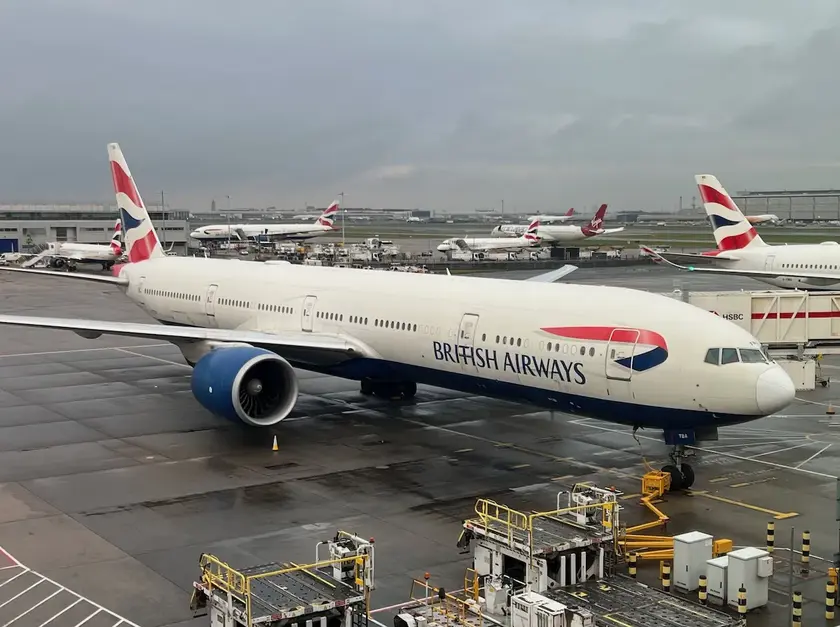
British Airways captain allegedly leaves cockpit door open for family
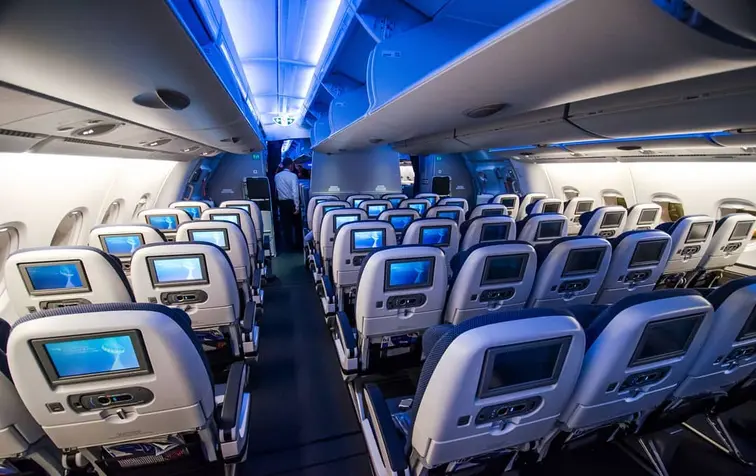
Pilot suspended over cockpit door lapse
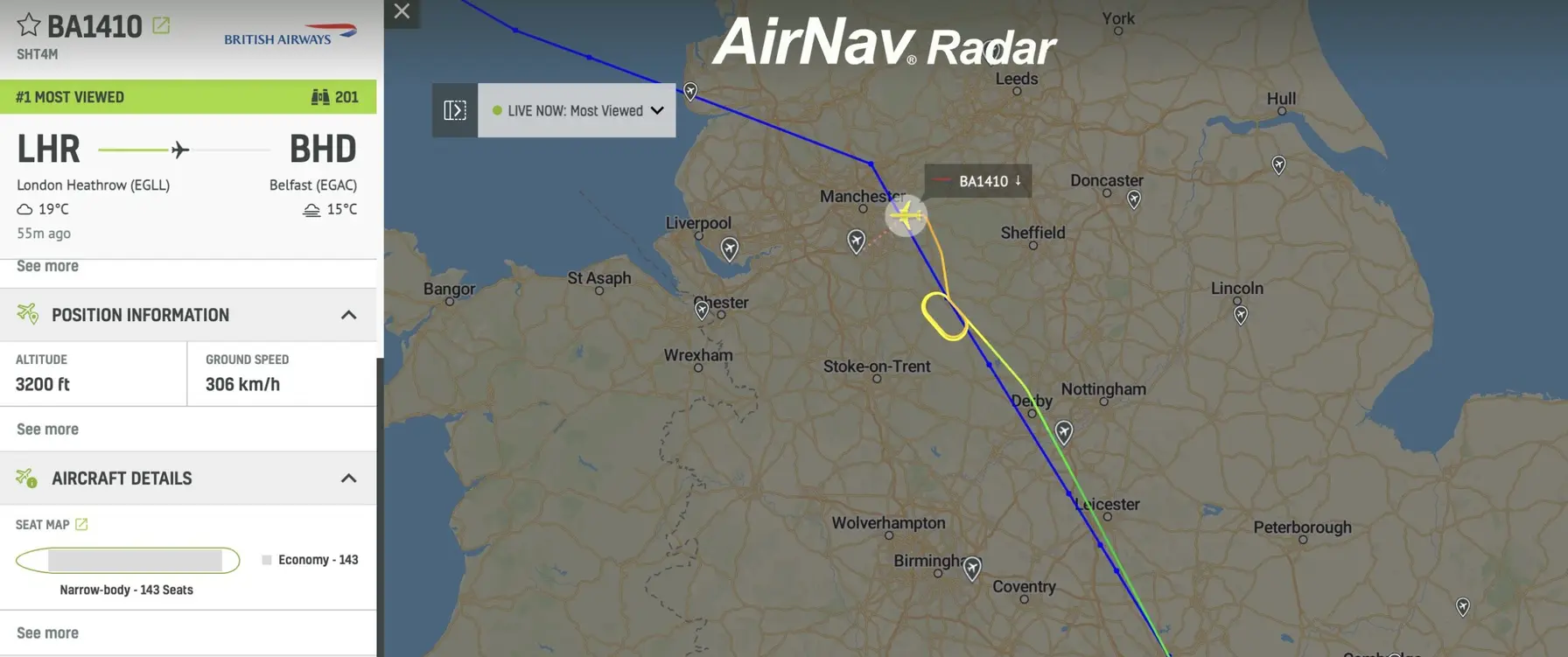
British Airways flight BA1410 diverts due to emergency
